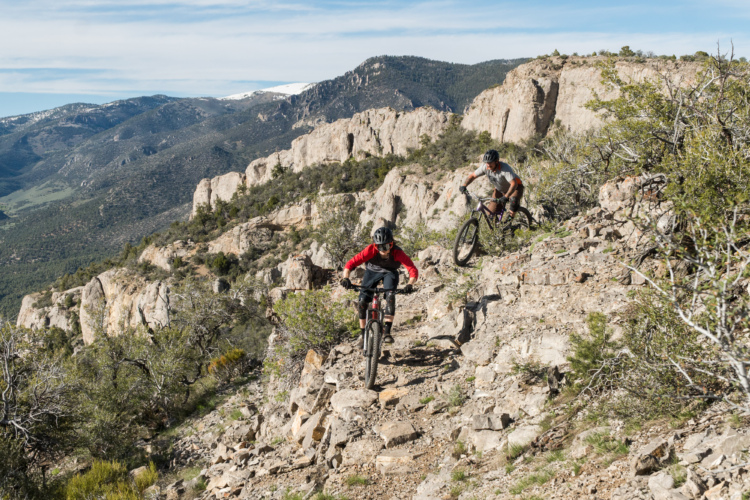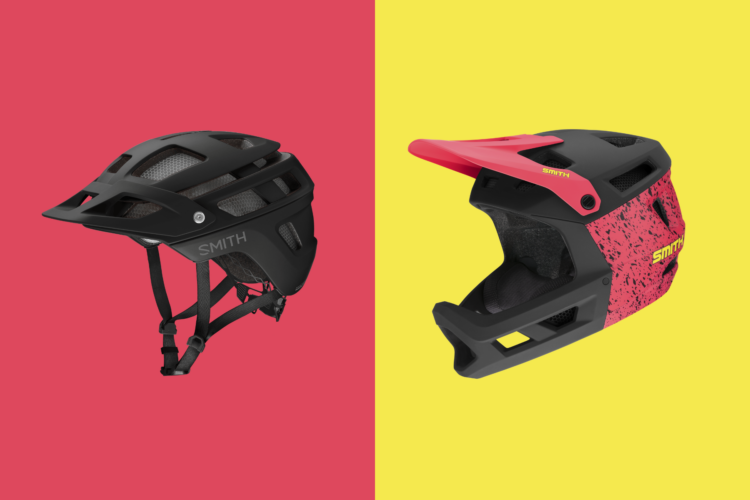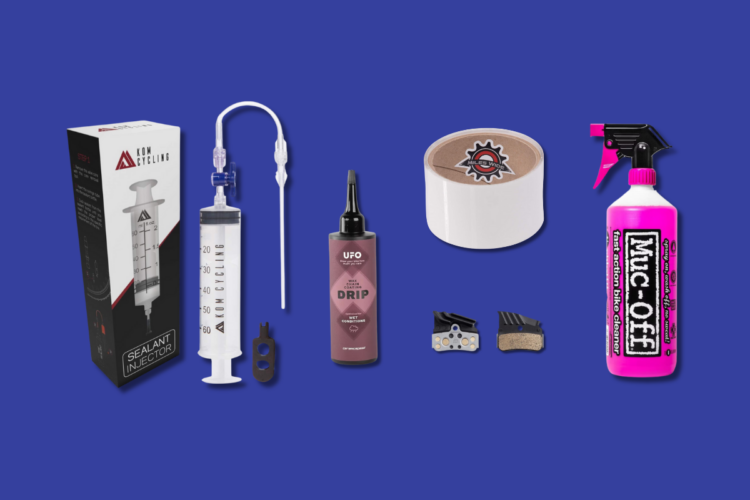
The Maxxis Minion DHR II was released in 2012, and clearly the second try was the charm. Bike generations might come and go every three to five years, but the Minion DHR II has stayed true for more than a decade, and for good reason. Originally designed to serve as a rear tire compliment to the Minion DHF, the DHR II takes cues from its sibling and now finds itself at the front end on many mountain bikes as well.
I’ve been “testing” the Maxxis Minion DHR II for far longer than any other tire, perhaps aside from the Minion DHF, going back many years and with many bikes, in many sizes, and at both ends of the bike. It’s currently on the back end of a Yeti SB135 that I’m reviewing.

Maxxis Minion DHR II specs
Maxxis offers the Minion DHR II in a wide variety of sizes and constructions, ranging from 20″ diameters up to 29″, and widths from 2.3″ to 3.0″. There are 19 different 27.5″ Minion DHR II tires alone listed on the Maxxis website right now, allowing riders to dial in just the right width and construction for almost any type of riding. The Minion DHR II gets specced on a lot of bikes, from downcountry (like the Evil the Following I tested earlier this year) to the latest Giant Glory DH bike, usually as a rear tire but sometimes on the front, like the Canyon Spectral I tested in 2020.
Reviewer profile height: 190cm (6’3″) weight: 75kg (165lb) testing zone: Southeast, USA
As I noted in my recent review, I’m a big fan of the Minion DHF thanks to its consistent and capable cornering. When Maxxis redesigned the DHR back in 2012, they took the side knobs from the DHF and combined them with an improved center tread which proved to be a killer combo. It’s those side knobs that make the DHR II more than just a rear tire. The knobs alternate between square-shaped and an odd, six-sided shape that looks straight out of a game of Tetris. The square block has added siping that allows it to squish into corners.
Down the middle the ramped knobs are generally stout with good spacing designed to pierce through crusty soil and find solid ground. The Minion DHF II doesn’t have dedicated transition knobs, and relies on the wide, siped block of center knobs for transitions instead. The back sides of the center knobs are squarish and steep to optimize braking traction.
Though I’ve tested a number of different Minion DHF II configurations, for this review I’ll be focusing on the 27.5×2.40WT, triple compound MaxxTerra EXO+ tire on the Yeti SB135 I’m currently riding.

On the trail
For a rear tire to stand out, it needs to do two things especially well: provide excellent climbing and braking traction. On both points the Minion DHR II is a winner.
Climbing steep, loose terrain the Maxxis Minion DHR II chews through the trail surface, and feels noticeably powerful. I say it feels powerful, but really what’s happening is virtually of my power is being transferred to the ground and propelling me up the hill, with very little loss due to slippage. Compared to a less grip-efficient tire, the Minion DHR II simply feels faster.
Wet rocks and roots are tricky for any tire, but the Minion DHR II shines here as well, I suspect thanks to the stout and well-spaced center knobs that try to catch and grab onto anything they can.
When it’s time to brake, the Minion DHR II brings the bike to a fast and controlled stop. Here again, the stout knobs come into play, digging in and minimizing the chance of a skid.
I tend to think about braking traction in terms of straight-line braking, but a big part of cornering is managing speed ahead of the curves. The DHF-inspired side knobs serve their purpose braking into — and admittedly, sometimes inside of — curves, lending poise and control that’s rarely if ever chattery.
Looking back I don’t think I’ve ever sliced a Minion DHR II in the rear (or front for that matter). Rear tires take the most abuse, and Maxxis has designed the DHR II to stand up to plenty of it, from hard hits to lazy drags across square-edged rocks.

The DHR is a DHF, too
Ok, so that headline isn’t totally accurate but to some it may come as a surprise that, although the ‘R’ in DHR stands for rear, plenty of riders choose to run this tire up front, either in combo with another DHR II in the rear, or a different rear tire. One of my favorite tests from the past few years involved the previous generation Canyon Spectral running the Minion DHR II up front, and I enjoyed that bike in large part due to its excellent front-end handling.
For me, the front tire is all about cornering control, and the DHR II delivers better than most. While I think the center tread is pretty great on the DHR II, it’s clear the real secret sauce is in those side knobs. Full to the side, the traction is predicable, and while the DHR II transitions well as a front tire I would say it’s maybe not quite as smooth as the Minion DHF in that regard.
At the front, the Maxxis Minion DHR II doesn’t feel like a very fast roller. I don’t have a way to quantify the rolling resistance myself; all I can say is that qualitatively it feels slower than the DHF. Call me a conformist if you will; I prefer the DHR II as a rear tire, and the DHF in the front. However, given the choice of running the DHR II or another tire in the front that’s not a DHF, I might just pick the DHR II. It’s that good in either spot.
Pros and cons of the Maxxis Minion DHR II tire
Pros
- Excellent braking and climbing traction
- Great cornering performance and predictability
Cons
- Not my first choice for a front tire based on the center tread, but likely my second
Bottom line
I don’t expect Maxxis to release a Minion DHR III tire anytime soon, because there’s really nothing to improve. The DHR II climbs, brakes, and corners better than most tires, and riders can find a version that’s as durable and reliable as they like.
- Price: $45-106
- Buy and check prices on the Maxxis Minion DHR II.




















1 Comments
Jun 27, 2023